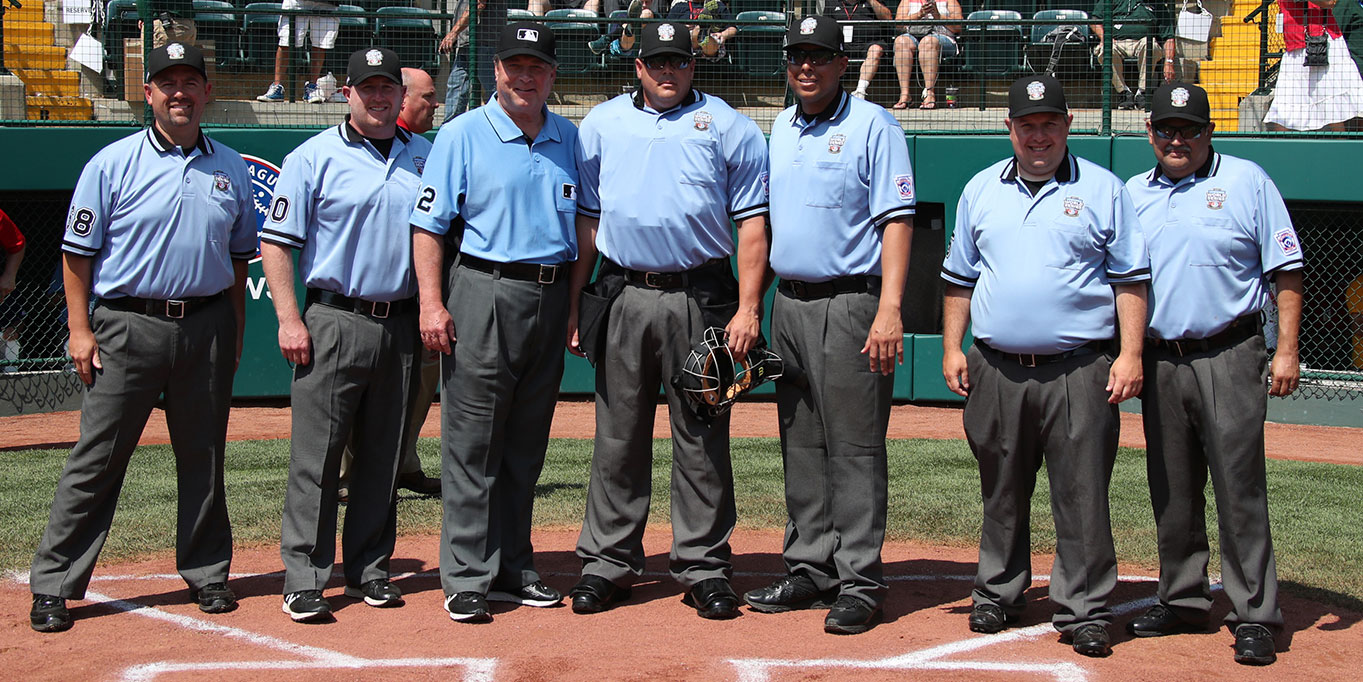Angel v. The Bots
Critics of MLB umpire Angel Hernandez were all aflutter earlier this season after the kerfuffle following a key called third strike on the Cubs Kyle Schwarber that appeared well wide of the plate. Putting Angel aside for the moment, let’s look at the challenges of calling balls and strikes as the robo-umps warm up in the bullpen.
- The pitch to Schwarber took about .4 seconds to reach the plate at 98 mph. The plate is 17 inches deep so it takes about 1/100th of a second for that pitch to travel past the plate - do the math!
- The plate is 17 inches wide as well, but if any part of the ball is in the strike zone, that pitch is considered a strike. The ball is about 3 inches wide so this effectively adds 6 inches total to the width of the plate. To put it another way, the effective in-out strike zone is about 35% wider than home plate. Keeping score?
- The strike zone is defined as “that area over home plate the upper limit of which is a horizontal line at the midpoint between the top of the shoulders and the top of the uniform pants, and the lower level is a line at the hollow beneath the kneecap. The Strike Zone shall be determined from the batter’s stance as the batter is prepared to swing at a pitched ball.” This means the zone varies from batter to batter. Still following?

Let’s review - the umpire has a few hundredths of a second to decide if the ball passed through a variable three-dimensional box defined by invisible lines without first knowing what kind of pitch is coming. (Note to self - propose that the new electronic pitch-comm system be used to let the plate guy know what’s coming.) And, he must do this around 250 times a game.
Okay, we know this is hard. We also know hitting a baseball is pretty hard too. An MLB umpire once told me the best hitters can indeed see and hold off on a pitch they know is just an inch or two wide. So while it’s as easy to heckle Angel as it is to boo a .183 hitter my question today is, why do some players and umps have a better eye than others? There is whole science to hitting of course but surely tracking and concentration are key. For umpires, timing and tracking are key as well. They are trained to follow the pitch from hand to mitt only with their eyes while keeping their body still. A shaking camera takes fuzzy images right?
Given all this, MLB umpires average about 94% accuracy which is impressive given the difficulty of the job, but that still leaves about 10-15 pitches per game that will be “missed” per the exact specifications of the strike zone. Most of these will be so close that the call will not raise eyebrows, or should I say will only raise the eyebrows of the hitter and/or pitcher. In fact, rewarding the pitcher for consistency and accuracy by giving him the pitch on “the black” is a time honored tradition and is understood by all involved. The stewardship of the game entrusted to the umpire keeps the human element alive which in the end thrills one team’s fan base and causes angina in the others. This is one of the things we love about baseball - the razor thin line between victory and defeat. The black is the umpire’s domain where he doles out baseball justice as the game’s chief arbiter. The use of robo umps and the potential loss of that trust and domain might be stripping the game of a valuable intangible. Perhaps a better solution would be to allow a couple of pitch challenges for those key moments when there may be an egregious miscall.





















